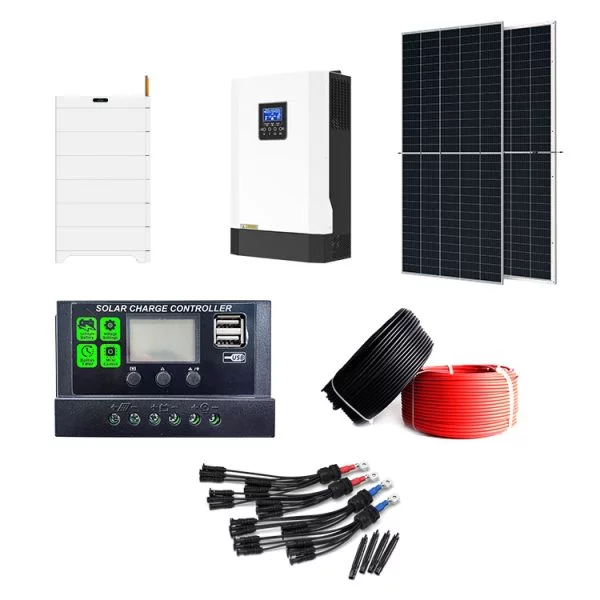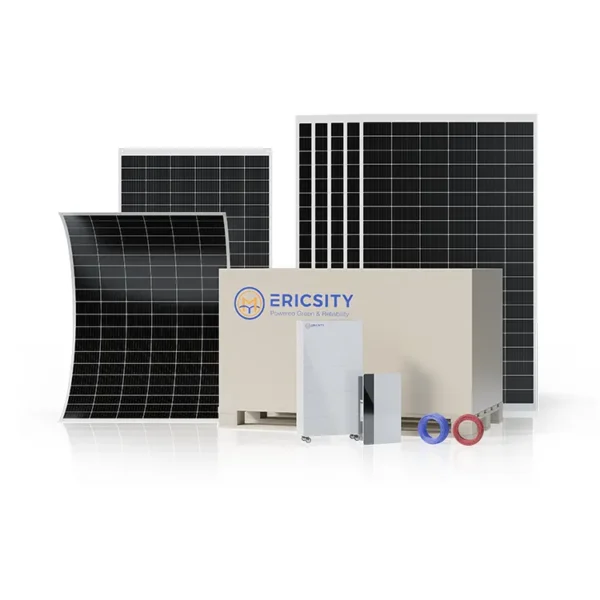HOT PRODUCT
Product Details
semi-flexible Solar Panels: Silent Heroes In Energy
Title: Semi-Flexible Solar Panels: Silent Heroes in Energy
Introduction
In recent years, the world has witnessed a growing interest in renewable energy sources, with solar power emerging as a prominent player in the global energy mix. Among the various technologies used to harness sunlight, semi-flexible solar panels have gained recognition for their efficiency and versatility. These innovative panels are redefining the way solar energy is deployed, offering numerous advantages and finding applications in diverse fields. Let’s dive into the world of semi-flexible solar panels, the silent heroes in our journey towards a sustainable future.
Flexibility and Efficiency
Semi-flexible solar panels stand out from traditional rigid panels due to their bendable nature. They are typically comprised of thin film solar cells that can be accommodated on flexible substrates. This flexibility allows them to conform to curved surfaces, making them highly adaptable for numerous applications that were previously inaccessible to solar power generation.
One of the key benefits offered by semi-flexible panels is their enhanced efficiency. Through advancements in nanotechnology, these panels can now achieve higher conversion efficiencies even in diffused light conditions. Their ability to absorb light from a broader range of angles results in increased power output, amplifying their performance and making them competitive with rigid panels.

Versatility in Applications
The flexibility and efficiency of semi-flexible solar panels open up a wide range of applications across various industries. One significant application is in the transportation sector, particularly in the automotive industry. Manufacturers are utilizing these panels to integrate solar technology into vehicles, enabling them to generate clean energy and extend the range of electric vehicles. Roof systems incorporating semi-flexible panels in electric cars and boats are becoming an increasingly common sight.
The construction industry also benefits from the versatility of semi-flexible solar panels. Incorporating these panels into architectural designs allows for seamless integration, enabling buildings to generate electricity without compromising aesthetics. They can be used on curved surfaces, such as domes or facades, creating a visually appealing, energy-efficient infrastructure.
Apart from transportation and construction, semi-flexible solar panels find applications in remote off-grid locations where rigid panels are impractical. They can be installed on backpacks, camping gear, or even draped over tents, providing reliable and portable power sources for adventurers, hikers, and emergency situations.
Environmental Impact
The environmental benefits of semi-flexible solar panels are undeniable. By harnessing the sun’s energy, a clean and renewable source, we can reduce our dependency on fossil fuels and reduce carbon emissions. As the panels become more efficient and cost-effective, their widespread adoption holds the potential to revolutionize our energy landscape, mitigating climate change and alleviating environmental strain.
Additionally, the lightweight nature of semi-flexible panels reduces shipping costs and allows for ease of installation. This aspect minimizes transportation-related emissions and lowers the overall carbon footprint associated with solar panel deployment.
Challenges and Future Prospects
Although semi-flexible solar panels offer numerous advantages, there are still challenges to overcome. One obstacle is their durability and susceptibility to wear and tear. Manufacturers are focusing on improving the longevity and resilience of these panels to ensure their efficacy in long-term applications.

Nevertheless, continued research and development in the field of semi-flexible solar panels hold promising prospects. The integration of new materials, such as perovskite, which offers higher efficiency and increased flexibility, shows great potential for further improvements in the technology. Moreover, the reduction of production costs and the scalability of manufacturing processes will contribute to wider adoption.
Conclusion
Semi-flexible solar panels are revolutionizing the solar energy industry by providing flexibility, efficiency, and versatility in applications previously inaccessible to traditional solar technology. From vehicles to buildings and remote off-grid locations, these panels are emerging as silent heroes in our quest for sustainable energy solutions. As we embrace this technology and address its challenges, semi-flexible solar panels will continue to empower us on our path to a cleaner and greener future.




